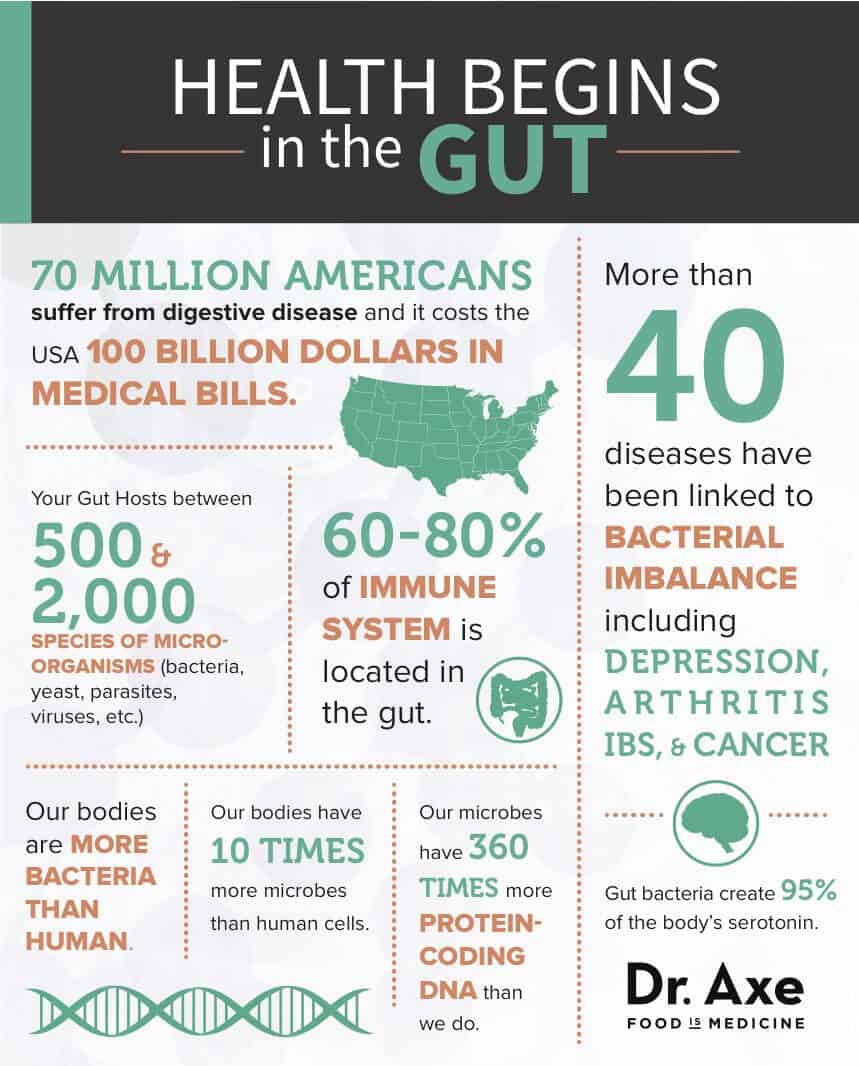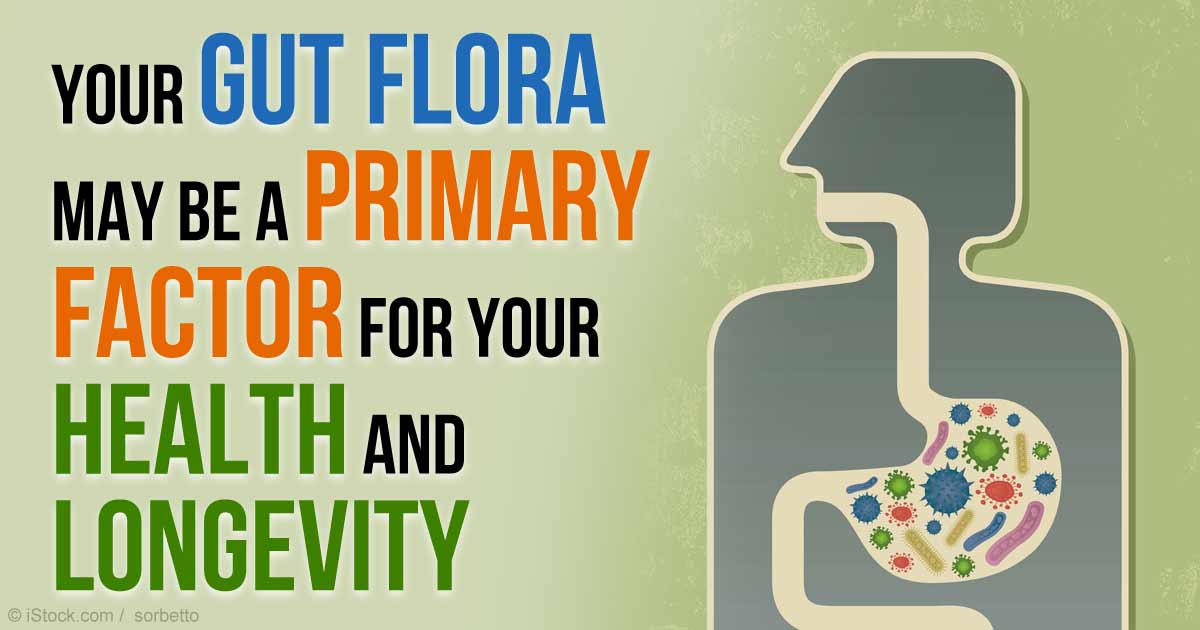Healthy Gut Series – Part 1
Good Morning Everyone!
Welcome to The Healthy Gut Series! Emily Beard, our McKinley Healthy Living intern has done a fantastic job researching gut health and has put 8 very informative emails together to help you understand your gut and why it’s so vital to keep it healthy. We put our heads together to figure out what we thought would be most important to address but if there’s something we’ve missed, feel free to reach out through email and we would be happy to research it! We hope you find these emails helpful!
Let’s start off by addressing a very simple, initial question:
How Does Our Gut Affect Our Immune System/Health?

The food we eat not only feeds our fat cells, but also determines what kind of inner garden we are growing in our guts. This garden is filled with bugs that determine more about your health and your emotional and mental well-being than you ever imagined! Getting your gut bacteria healthy is one of the most important things you can do to get and stay healthy. If your bacteria are sick, so are you!
Your gut wall houses 70 percent of the cells that make up your immune system. You might not attribute digestive problems to be related to allergies, arthritis, autoimmune diseases (irritable bowel syndrome, acne, chronic fatigue), mood disorders, autism, dementia and cancer, however, many diseases seemingly unrelated are actually caused by gut problems.
If you want to fix your health, start with your gut. Gut health literally affects your entire body.
Consider the important jobs your gut performs regularly, including breaking down food, absorbing nutrients, keeping out toxins and producing nutrients. That’s a lot of work! For optimal immunity, detoxification and nourishment, your gut must function seamlessly.

For more information visit: http://ecowatch.com/2015/02/26/gut-health-boost-immune-system/
Just to give you a sneak peek of what to look forward to throughout the series:
Part 2: How Do We Keep Our Gut Healthy?
Part 3: The Body’s Detox System and What a Cleanse Does
Part 4: What to Expect When You Do a Cleanse & 10 Types of People Who Should NOT Do a Cleanse
Part 5: Types of Cleanses
Part 6: Working Out On a Cleanse
Part 7: Foods That Support a Healthy Gut
Part 8: Probiotic Guide
















